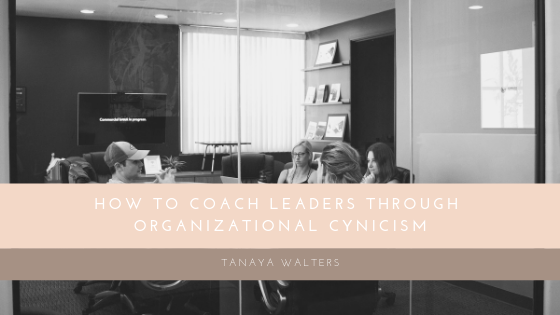Organizational cynicism occurs when an organization lacks integrity, which happens when there’s a disconnect between the punishment and reward system that’s communicated to employees, and then the punishment and reward system that’s used in practice. This negative emotional reaction spreads throughout an office very rapidly and can have many negative consequences. Cynical employees will undermine all efforts for change by cooperating and engaging very little or not at all.
Organizational cynicism can touch an entire organization or just different departments, depending on the company’s specific dynamics. For leaders of the organization or the affected departments, dealing with cynicism is a significant challenge. Especially for new leaders, taking over an organization rife with cynicism is a difficult feat. Even with the best of intentions, employees are likely to be unresponsive to most management practices aimed at increasing engagement and recreating alignment. Here are four areas for leaders to work on when working in a cynic environment.
Building resilience
Resilient leaders are ones that have a lot of trust in themselves and bounce back quickly. This allows them to keep a positive attitude and a sense of opportunity even through times of adversity. Leaders should work on becoming more resilient if they know they are working in an organization with feelings of cynicism. Working with a career coach or consultant is one way for leaders to gain this necessary skill.
Being decisive and not divisive
Leaders should make clear and bold decisions and explain them in simple terms. A leader should never play favorites and not treat the employees who follow the leader any differently than the rest of the employees. Favoritism will only increase the level of cynicism and cause further issues.
Show commitment to the employees and the organization’s values
By committing to the organization and actively working towards their mission, leaders show employees that they’re working to make the organization fair and one of integrity. Employees are more likely to buy into the organization if they have a leader that demonstrates that they do so every day.
Demonstrate ongoing learning and an openness to feedback
Leaders need to show their employees that they are willing to grow and change in the role and that they welcome feedback and constructive criticism. Employees are not going to trust a leader that’s set in their ways and refuses to change. Putting a focus on learning can help employees overcome their resistance to change. Having an open-door policy helps to foster engagement and lets employees feel heard.
